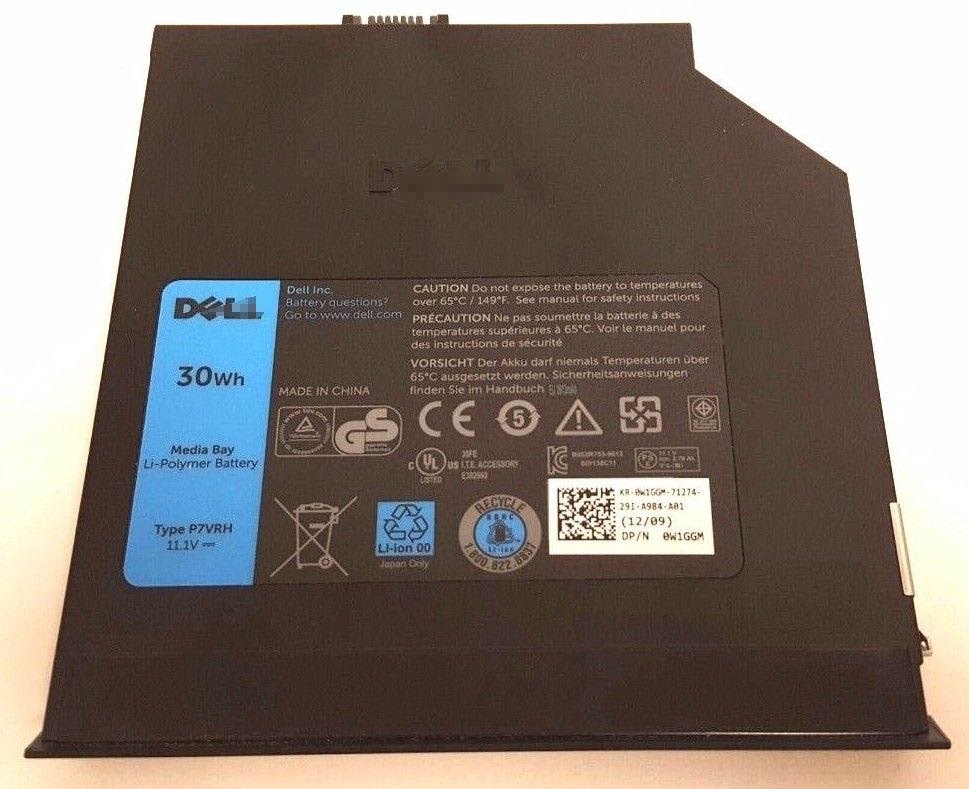

Key travel is similar to most business notebooks with just a bit less clicking sound than what we hear on ThinkPads in our office. The keyboard is very comfortable to type on, and gave just the right amount of response for each key press. Pressing down very firmly, the keyboard suffers from virtually zero flex and is a nice improvement over the older Dell Latitude D630. The keyboard and palm rest structure is solid, but the thin alloy used in the palmrests does flex a little when pressure is applied. Although the allow lid is quite durable and should protect the lid from most impacts, the thin allow does flex and created “ripples” on the screen whenever pressure was allied to the back of the screen The release latch was smooth and unlike most latches on budget notebooks required little effort to release. One minor negative regarding the screen is that the notebook lid offers less than ideal protection for the screen. Backlight adjustment was very broad, allowing me to adjust low enough for darker room settings, and bright enough to still be readable in sunlight or a bright office. Wide viewing angles made the screen look sharp even at oddly contorted angles. Colors were vibrant despite the matte screen and the additional benefit of matte screens is the lack of reflection in an office environment. No dead pixels were found during testing, and backlight bleed while noticed on some dark screens was minimal. The matte WXGA+ (1440×900) screen on the Dell Latitude E6400 is absolutely beautiful. In addition to relocating some ports they also added an extra USB port on the side and provide new DisplayPort connections for the latest external displays. Dell made a few changes to the Latitude docking station this year. Most businesses will likely use the E6400 with a docking station and an external monitor so that employees can have a mobile laptop when traveling and have a “desktop” computer at the office. In addition to the overall design of the notebook itself, it’s worth mentioning the new docking station for the E-series Latitude notebooks. The finish itself seems quite durable and should survive years of use and abuse. This immitation brushed metal surface is available in black, blue, or red to give businesses (and their employees) a way to customize the look of their business notebook. The heavy use of magnesium alloy carries over to the lid of the notebook, which has an attractive “brushed metal” design that isn’t actually brushed metal but rather a painted surface.

The magnesium allow base plate smacks up against that corner of the notebook and makes an annoying metal tapping noise if you’re typing on an uneven surface. Another minor issue we noticed is that the bottom access panel on the E6400 really needs one extra screw on the bottom right corner next to the hard drive bay. The only downside to the chassis is that the alloy is thinner than expected in a few locations (more on that later). The entire bottom shell is a metal alloy which gives the laptop a strong footprint on your desk, and gives enough strength to resist bending if you hold the laptop by the edge of the palm rest walking around the room. Still, the build and design speak volumes in terms of the overall durability of this notebook.ĭuring testing no plastic creaks or squeaks could be heard thanks to the magnesium alloy structure. While the look is reasonably modern, it’s also a little “old school” and could be mistaken for a 5-year old laptop from a distance. The chassis is entirely made of magnesium alloy with plenty of 90-degree edges and sharp angles. Unlike the previous generation of Dell Latitude noteboks that featured rounded edges and curves, the Dell Latitude E-series features “down to business” industrial design.

#DELL LATITUDE E6420 YEAR MADE PLUS#
256MB nVidia Quadro NVS 160M (256MB dedicated plus shared memory).14.1″ diagonal widescreen matte TFT LCD display at 1440x 900 (WXGA+, matte).2GB 800MHz DDR2 SDRAM (maximum capacity 8GB).Intel Core 2 Duo Processor P9500 (2.53GHz).


 0 kommentar(er)
0 kommentar(er)
